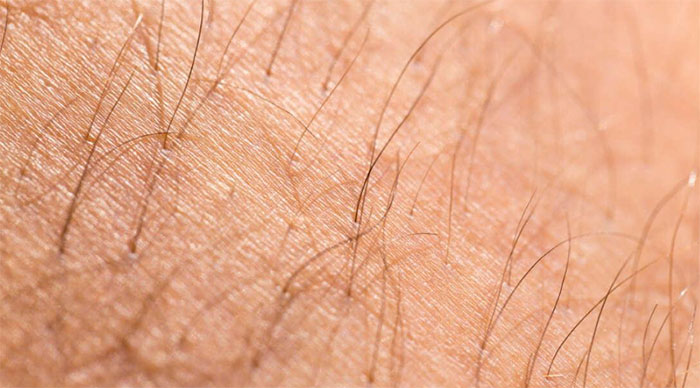Successful development of skin from stem cells can be implanted and grow hair
In a new study published in the journal Nature, the researchers said they could grow multi-layered skin tissue capable of growing hair, hair, sebum secretion and touch.
The disc-based reproductive organs take about 4-5 months to develop and provide exciting new opportunities to track disease, regenerative surgery in the future.
As the largest organ in the human body, organs that look simple on the surface but are actually very complex are made up of many layers and cell types. It keeps us warm, allows us to sweat and cool down, it can heal itself, keeping unwanted bacteria and moisture out.

The skin keeps us warm, allowing us to sweat and cool down.
However, for all its incredible complexity, the skin is a dilemma when it comes to creating in the lab and previous efforts to cultivate the wonder organ and all its associated structures. Its appearance outside the human body poses a major biomedical challenge to scientists.
Until recently, researcher Karl Koehler and his colleagues claimed to create special attention that successfully developed a culture system that uses human pluripotent stem cells to produce substances. organic to the skin.
The culture institution with this lab takes about 4-5 months to grow under special developmental conditions but once completed has created a separate epidermis and dermis, follicle, sebaceous gland and even an intertwined nerve circuit.
The researchers then transplanted organic matter onto the back skin of immunocompromised mice. Without immunosuppressant drugs, these transplants are usually eliminated by the body pretty quickly. Results showed that 55% of the pieces were made with ingrown hairs.
The findings show that the skin cultured with a lab dish could be used to transplant live animals, in this case a different species because stem cells originated from humans and successfully performed their functions locally. .
The potential uses of this finding suggest that it could open up great opportunities for models of treatment of many conditions such as hair loss and significantly improve the outcome of reconstructive surgeries currently relying on donors. donation, high risk of rejection.
- Hair-forming stem cells have been tested in rat skin
- Detects genes that regenerate hair and skin
- Development of skin stem cells of Parkinson's patients
- Create tiny brain from human skin
- Successful development of pork from stem cells
- 10 ways stem cells promote medical development
- Detecting stem cells of all skin cells
- Can skin cells turn into eggs and sperm?
- Successfully developed human heart from stem cells, beating as usual
- The world's first artificial skin from stem cells
- Regenerating stem cells from mouse skin
- China: Successful transplant of stem cells into goat embryos
 13 causes of non-itchy rash
13 causes of non-itchy rash How the mouse with human ears changed the world?
How the mouse with human ears changed the world? The truth about 'fried rice syndrome!
The truth about 'fried rice syndrome! What is dental implant?
What is dental implant?